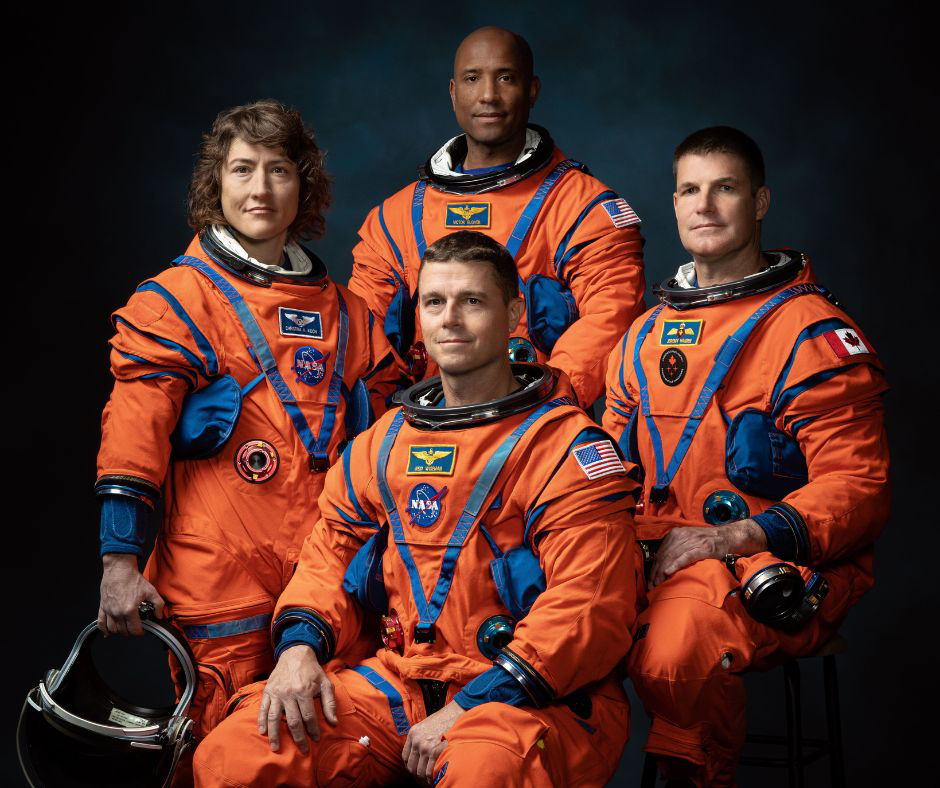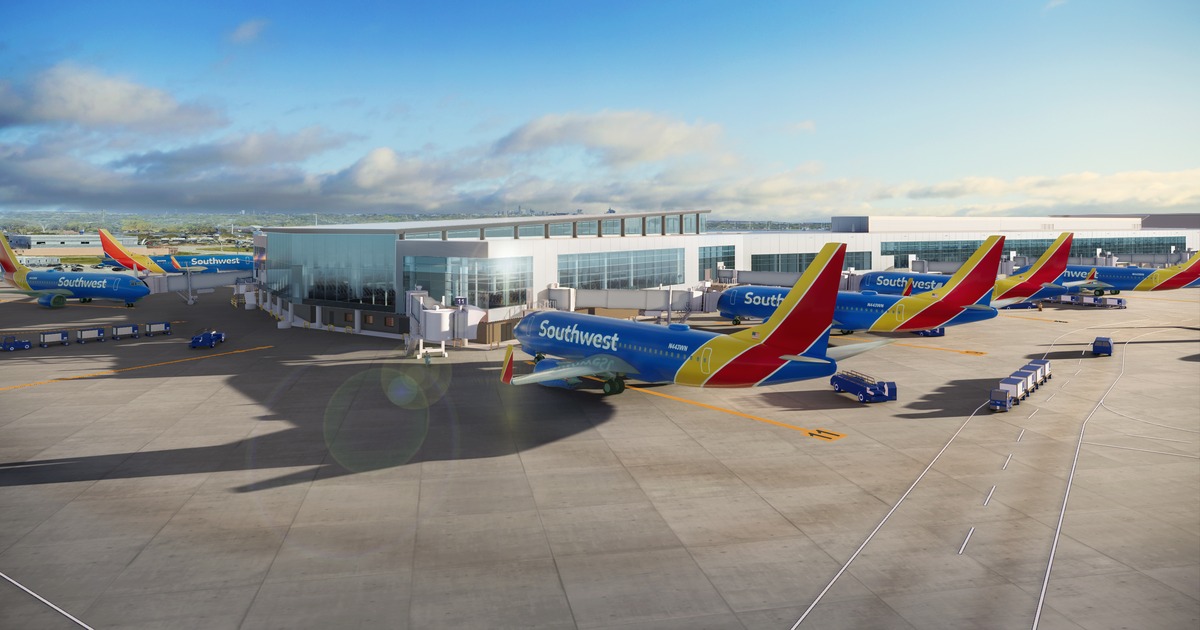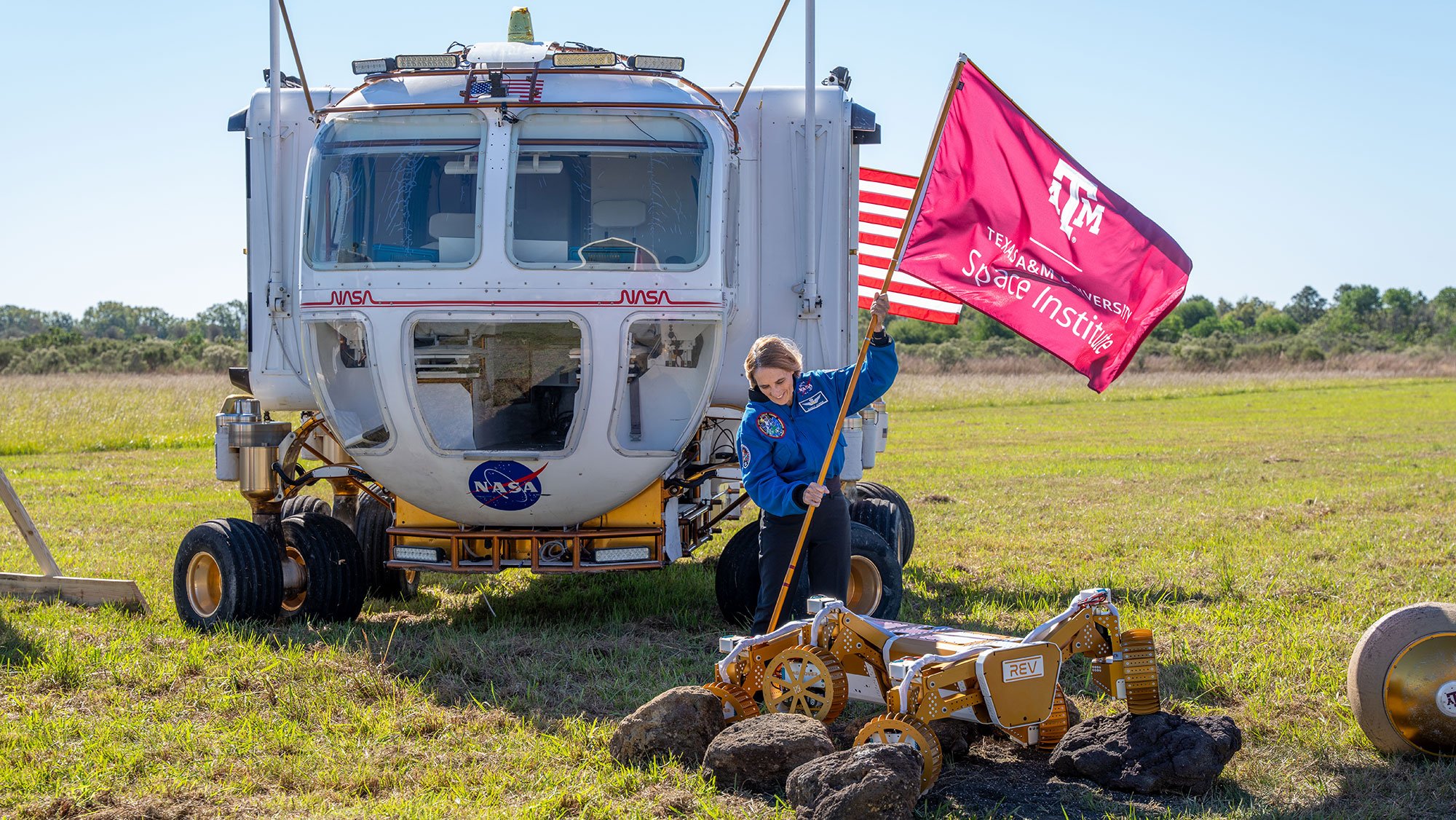NASA Announces Artemis II Crew, Training to Take Place in Houston
Published Apr 03, 2023 by Taylor Tatum
NASA and the Canadian Space Agency held an event at Ellington Field to reveal the four astronauts that will be embarking on the Artemis II mission, the program’s first crewed mission to orbit the moon.
-
Commander Reid Wiseman, who previously served as Flight Engineer aboard the International Space Station for Expedition 41 in 2014, and as Chief of the Astronaut Office.
-
Pilot Victor Glover, who previously served as Flight Engineer aboard the International Space Station for Expedition 64, and most recently as pilot and second-in-command on the Crew-1 SpaceX Crew Dragon.
-
Mission Specialist 1 Christina Hammock Koch, who served as Flight Engineer for Expeditions 59, 60, and 61 on the International Space Station, and set a record for the longest single spaceflight (328 days) by a woman.
-
Mission Specialist 2 Jeremy Hansen of London, Ontario, who recently made history as the first Canadian to be put in charge of training for NASA’s astronaut candidates, will become the first Canadian to ever venture to the Moon.
Currently slated to take off in November 2024, the Artemis II crew will undergo training at NASA’s Johnson Space Center and launch from Florida’s Kennedy Space Center. The Orion spacecraft, which was manufactured by Lockheed Martin with support from several companies with a Houston presence, will carry the four-person crew into deep space on a 10-day flight test. This will set the stage for the first woman and first person of color on the Moon in the upcoming Artemis III mission.
Much of the technology that will be required for the mission’s success, including spacesuits and a lunar lander, is still in development. However, one Houston company among several is already making great strides on that front.
Houston-based space tech company Axiom Space unveiled its Axiom Extravehicular Mobility Unit (AxEMU) prototype at Space Center Houston’s Mission 2 Mars Festival in March, after being tasked by NASA to develop spacesuits and space station technology for the Artemis III mission.
According to Michael Suffredini, CEO and President of Axiom Space, “We’re carrying on NASA’s legacy by designing an advanced spacesuit that will allow astronauts to operate safely and effectively on the Moon. Axiom Space’s Artemis III spacesuit will be ready to meet the complex challenges of the lunar south pole and help grow our understanding of the Moon in order to enable a long-term presence there.”
A full fleet of the AxEMU training spacesuits are set to be delivered to NASA by late summer, according to a company statement.
Axiom’s collaboration with NASA extends beyond it supplying the spacesuits for the Artemis III mission. The two organizations recently signed a mission order for a third-of-its-kind private astronaut mission to the International Space Station set to launch in November of this year. The Ax-3 mission will come on the heels of the Ax-2 mission expected to launch this spring, which will take the first Saudi astronauts to the International Space Station.
As part of that mission, Axiom has also partnered with Houston Methodist and the Translational Research Institute for Space Health (TRISH) at Baylor College of Medicine. Houston Methodist will provide the Ax-2 mission crew with fit-for-mission assessments, athletic training programs, and pre- and post-mission care, while TRISH is sponsoring several human health and performance research projects aboard Ax-2.
Artemis III is expected to take off within the decade and will be the first time humans have touched down on the moon since the Apollo program.
Learn more about Houston's aerospace & aviation ecosystem.
 The Houston Report
The Houston Report





















